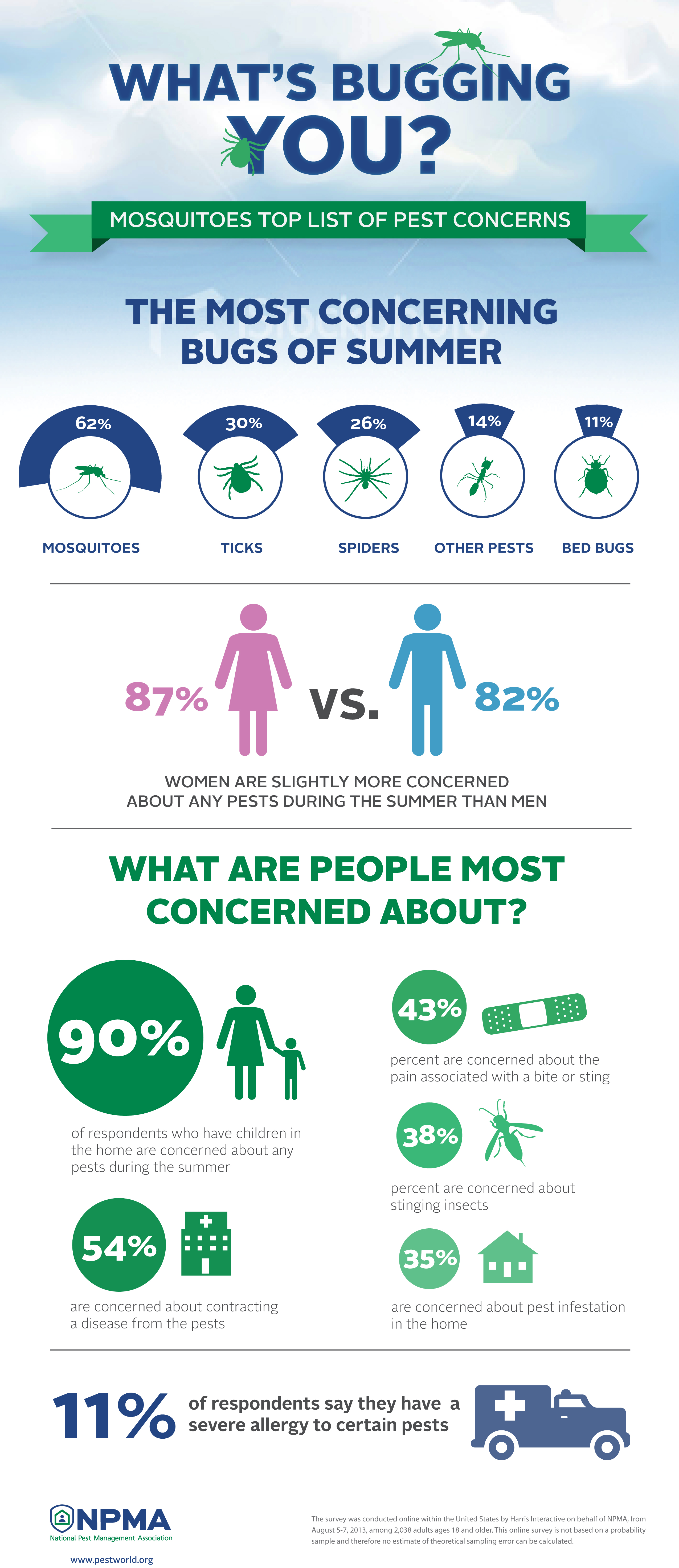Rodent Control Comprehending Common Rodent Habits
Rodent Control Comprehending Common Rodent Habits
Blog Article
Web Content Develop By-Talley Refsgaard
When it comes to rodent control, recognizing common rodent behavior is crucial to efficiently managing problems. Did you understand that rats have some fascinating nesting habits that might stun you? By discovering their elaborate actions, you can get valuable understandings into how to tackle rodent problems in a much more calculated and efficient manner. So, let's unwind the secrets behind these animals' activities and find out how to outsmart them in your rodent control initiatives.
Rodent Nesting Habits
When observing rats in their all-natural habitat, you'll observe that they actively seek products to build their nests. Rats, such as computer mice and rats, are clever animals that utilize a selection of products like branches, leaves, paper, and textile to develop their homes. recommended you read in their nest-building procedure, often lining their nests with softer products like hair or plumes to develop a comfortable atmosphere.
Rodents favor to construct their nests in concealed and safe and secure locations to shield themselves and their young from predators. Typical nesting spots include wall dental caries, attics, basements, and even within insulation products. By constructing their nests in these remote locations, rodents can securely increase their spawn away from prospective risks.
It is important to recognize the nesting practices of rats when carrying out control actions. By interrupting their nests or removing products, you can dissuade rodents from establishing an existence in your home or home. Proper sanitation and sealing off access points are likewise critical action in preventing rodent infestations.
Rodent Feeding Patterns
After observing rats' nesting routines, it ends up being evident that their feeding patterns play an essential duty in their every day lives and behaviors. Rats, consisting of computer mice and rats, are opportunistic feeders, implying they'll eat whatever food source is easily offered. spider killer , choosing to forage for food during the cover of night to stay clear of killers.
Rodents have a varied diet, ranging from grains, seeds, fruits, and veggies to pests, nuts, and even little animals. This adaptability in their food selections enables them to flourish in various environments, consisting of urban areas where human food sources are plentiful.
see this page feeding patterns aren't just driven by cravings yet likewise by the demand to stock food for times of shortage. This behavior is specifically recognizable in preparation for winter season or when nesting. Rodents are known to hoard food in their nests or burrows, making sure a consistent food supply. Comprehending their feeding patterns is vital in carrying out reliable rodent control steps to disrupt their food sources and avoid problems.
Rodent Activity and Travel
Rodents navigate their surroundings with agility and stealth, utilizing their eager senses to move promptly through their atmospheres. These creatures are experienced mountain climbers, able to range wall surfaces and upright surface areas with ease. They can also squeeze via surprisingly tiny openings, making it vital to seal off any kind of prospective entrance factors in your home.
When it pertains to taking a trip, rats have a tendency to adhere to familiar courses, producing trails along walls or skirting the edges of areas. They're creatures of habit, often adhering to these established courses as they forage for food or explore their surroundings.
Rodents are understood for their nighttime behaviors, so you might hear them scampering about in the evening as they look for food and water. Their motions are quick and erratic, enabling them to dart in and out of view in the blink of an eye.
Comprehending how rats move and take a trip can aid you recognize prospective problem locations in your home and take aggressive steps to prevent these pests from gaining a footing.
Final thought
As you work to control rodents in your home, keep in mind that comprehending their habits is vital. By acknowledging their nesting routines, feeding patterns, and activity, you can properly protect against invasions.
Together, by taking aggressive actions to get rid of food sources and seal entry factors, you can interrupt their familiar paths and require them to seek out new places, inevitably decreasing the chance of rodent presence in your home.
